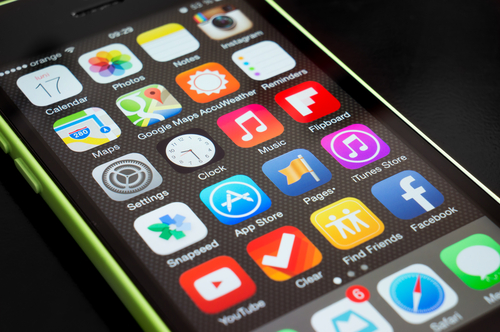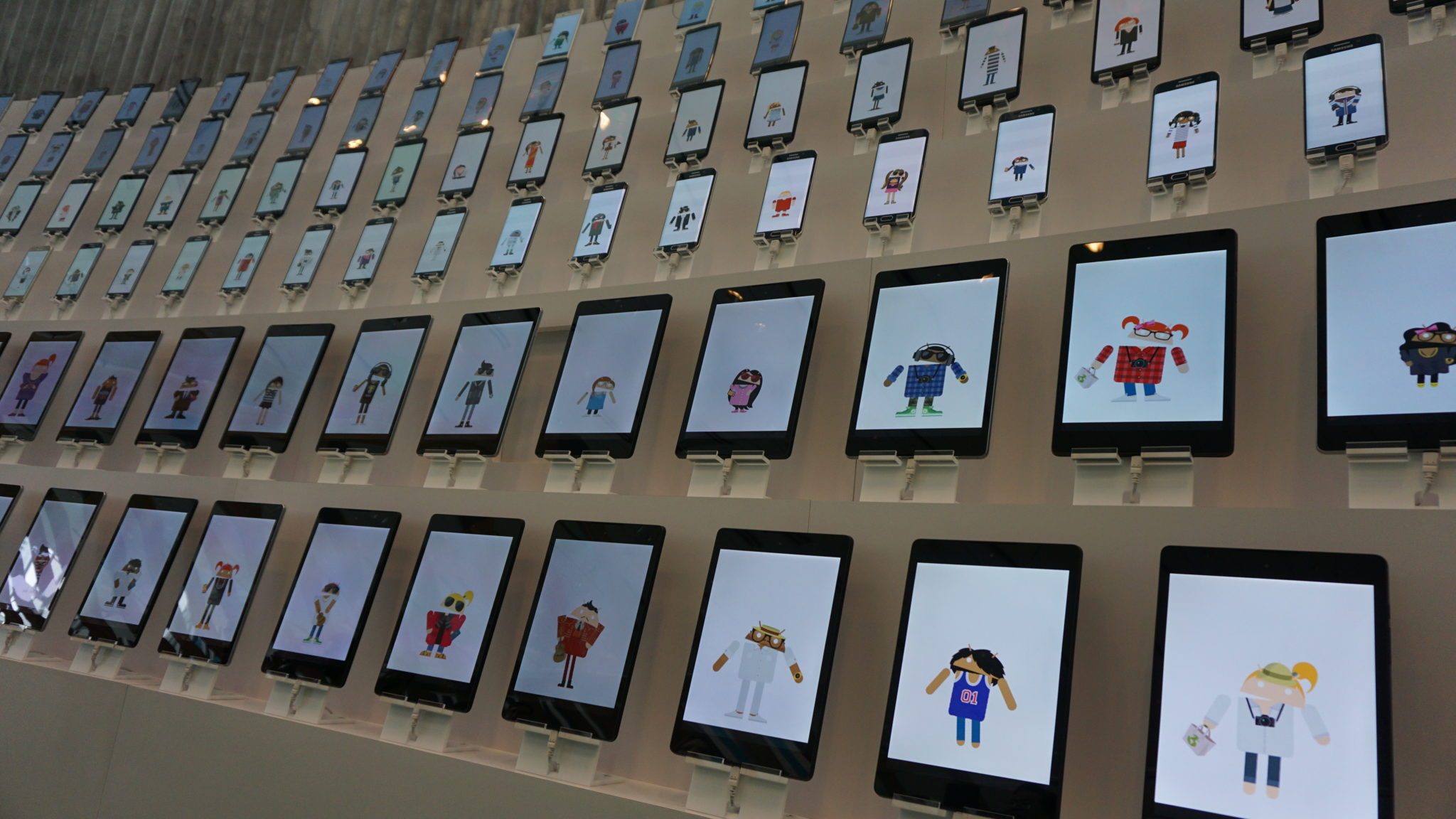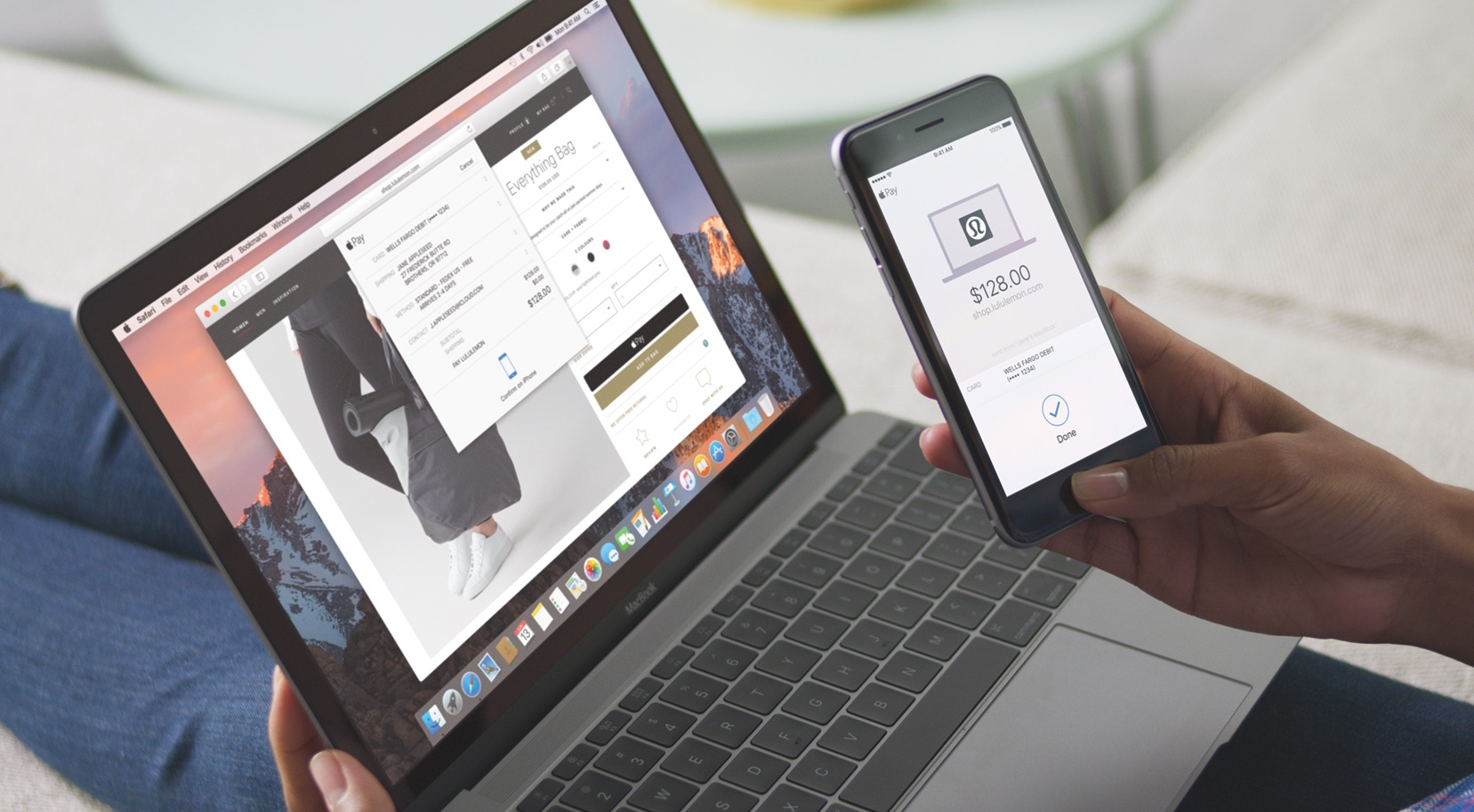[caption id="attachment_127167" align="aligncenter" width="500"]

App economy set to blossom in 2017.[/caption] In its 2016
retrospective, App Annie makes some interesting points about the state of our app economy. While some familiar tropes still hold true, there are a few surprises, as well.
Last year, App Annie notes, we collectively spent 900 billion hours using apps, up 25 percent over 2015. That counts all apps, with video and game apps in particular dominating the landscape. If the trend holds steady, 2017 will be the first year we spend one trillion hours using apps, worldwide. The average user navigates through over 30 apps a month, with China and India leading the way at just under 40 apps per user. As App Annie stated in its roundup: “Although users spend the largest amount of their time in apps in messaging and social, a variety of other categories – from shopping to video streaming to travel – continue to gain on share of time as apps become an ever growing part of our daily lives.” And that brings up an interesting point about the app economy: distribution. Chinese users might channel the most single-use apps, thanks (as the report noted) to WeChat apps. Much as iOS users stateside have apps living inside of Messages, so does WeChat; and those are counted, perhaps controversially, as full-fledged apps. [caption id="attachment_139272" align="aligncenter" width="6000"]

Android Tablets[/caption]
Android, iOS, Downloads and Revenue
Downloads and sales tell a different tale. As you might expect, Android’s massive worldwide install base drives downloads. The total number of apps downloaded in 2016 neared 100 billion (90 billion, precisely, up 13 billion from last year). Across both iOS and Android, game downloads were outpaced by other categories. For iOS, finance, travel, photo and video apps were downloaded more frequently than games. Android’s winners were social, productivity and tools. App Annie notes that what iOS and Android users prefer has nothing to do with platform; it’s economics:
Android is especially prevalent among developing markets when compared to iOS. New users in these markets should be expected to download app “essentials” (such as messaging apps in Social and security apps in Tools). iOS, on the other hand, is more highly represented in developed markets, where most users have already downloaded these essentials. Thus, the bulk of their download growth comes instead from more specialized apps in categories like Finance, Travel and Photo & Video.
If you turn the downloads chart on its ear, you have app revenue. Though Android has the bulk of app downloads, iOS drives the most revenue by a wide margin. According to this report, overall revenue grew 40 percent versus last year (nearly 50 percent for iOS). App Annie does note that, as with downloads, revenue gains were driven by China. Though downloads might have
stalled a bit, game revenue hasn’t. It drove 75 percent of revenue on iOS and 90 percent of revenue for Android. Interestingly, half of iOS game revenue came from role-playing games. Revenue from video apps might soon rival games, too. Spending for video services such as Netflix grew 250 percent or better across the United States, China, and the United Kingdom. App Annie says our desire for the convenience of in-app purchases drives much of that growth.

Transformative App Behavior
Interestingly, apps are also starting to change retail behavior. While our desire to find things digitally versus going to a mall is not new, App Annie says those physical stores which aren’t focused on having a good digital presence are starting to suffer, both in terms of revenue and sales growth. Some 44 percent of online traffic was driven by mobile, and 31 percent of retailer revenue came via mobile last year. Holiday shopping is a good indicator of what’s possible for retailers with a solid mobile presence. Year-over-year (November 2015 to November 2016), total time spent in shopping apps grew 30 percent. Black Friday is obviously a driver, but it seems retailers are also targeting other shopping days such as Cyber Monday. The number of shopping apps installed per user is also on the rise. [caption id="attachment_137345" align="aligncenter" width="1657"]

Apple Pay On macOS Sierra[/caption]
Get Money
There’s a lot to unpack with the report, but here’s the main takeaway: the app industry is still growing, and fiercely. Where there’s growth, there’s
revenue. What used to be a static report on how much revenue games actually drove per year has become an overview of where growth occurs and how developers and firms can best capitalize on trends. The next twelve months will see accelerated growth and revenue across those various streams, too. While there probably isn’t a "next YouTube" to power video views and ad revenue, customers will be open to downloading and using apps in new categories. That might end up benefitting many different kinds of developers.
 App economy set to blossom in 2017.[/caption] In its 2016 retrospective, App Annie makes some interesting points about the state of our app economy. While some familiar tropes still hold true, there are a few surprises, as well. Last year, App Annie notes, we collectively spent 900 billion hours using apps, up 25 percent over 2015. That counts all apps, with video and game apps in particular dominating the landscape. If the trend holds steady, 2017 will be the first year we spend one trillion hours using apps, worldwide. The average user navigates through over 30 apps a month, with China and India leading the way at just under 40 apps per user. As App Annie stated in its roundup: “Although users spend the largest amount of their time in apps in messaging and social, a variety of other categories – from shopping to video streaming to travel – continue to gain on share of time as apps become an ever growing part of our daily lives.” And that brings up an interesting point about the app economy: distribution. Chinese users might channel the most single-use apps, thanks (as the report noted) to WeChat apps. Much as iOS users stateside have apps living inside of Messages, so does WeChat; and those are counted, perhaps controversially, as full-fledged apps. [caption id="attachment_139272" align="aligncenter" width="6000"]
App economy set to blossom in 2017.[/caption] In its 2016 retrospective, App Annie makes some interesting points about the state of our app economy. While some familiar tropes still hold true, there are a few surprises, as well. Last year, App Annie notes, we collectively spent 900 billion hours using apps, up 25 percent over 2015. That counts all apps, with video and game apps in particular dominating the landscape. If the trend holds steady, 2017 will be the first year we spend one trillion hours using apps, worldwide. The average user navigates through over 30 apps a month, with China and India leading the way at just under 40 apps per user. As App Annie stated in its roundup: “Although users spend the largest amount of their time in apps in messaging and social, a variety of other categories – from shopping to video streaming to travel – continue to gain on share of time as apps become an ever growing part of our daily lives.” And that brings up an interesting point about the app economy: distribution. Chinese users might channel the most single-use apps, thanks (as the report noted) to WeChat apps. Much as iOS users stateside have apps living inside of Messages, so does WeChat; and those are counted, perhaps controversially, as full-fledged apps. [caption id="attachment_139272" align="aligncenter" width="6000"]  Android Tablets[/caption]
Android Tablets[/caption]

 Apple Pay On macOS Sierra[/caption]
Apple Pay On macOS Sierra[/caption]



